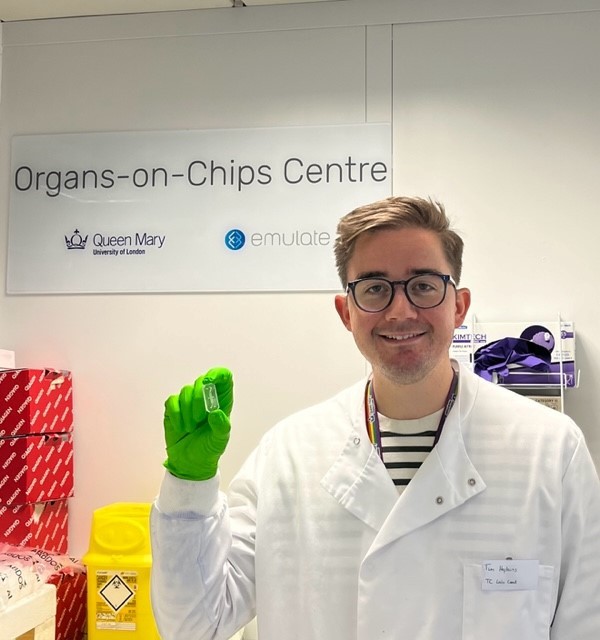Arthritis is a group of musculoskeletal disorders characterized by joint inflammation, pain, stiffness, and reduced range of motion, stemming from factors like genetics, immune system dysfunction, and wear and tear on joints. These complexities make it challenging to develop a universal cure that addresses every form of arthritis.
Additionally, the symptoms and progression of arthritis can vary significantly from person to person, further complicating the search for a single, effective treatment. As a result, current approaches to managing arthritis primarily focus on alleviating pain, reducing inflammation, and improving overall joint function rather than seeking an outright cure.
Now, researchers at Queen Mary University of London have created a novel organ-on-a-chip model of the human synovium, a vital tissue lining the joints. This innovative model holds promise in advancing the comprehension of arthritis mechanisms and developing potential treatments for this debilitating medical condition.

Synovium-on-a-Chip Model For Arthritis Treatment
The synovium-on-a-chip model is a sophisticated three-dimensional microfluidic device incorporating both human synovial cells and blood vessel cells. The device undergoes mechanical loading, mirroring the pressures encountered by the synovium during joint motion.
This engineered synovium-on-a-chip model successfully replicated the behavior of native human synovium, generating essential synovial fluid components and displaying responses to inflammation.
These results imply that this platform holds promise for dissecting disease mechanisms and evaluating new therapies for arthritic conditions, according to the research.
Dr. Timothy Hopkins, joint lead author of the study and a Versus Arthritis Foundation Fellow, emphasized that "our model is the first human, vascularised, synovium-on-a-chip model with applied mechanical loading and successfully replicates a number of key features of native synovium biology."
He further emphasized its accessibility and potential for broad adoption, mainly due to its foundation on a commercially available platform by Emulate Inc.
"The vascularised synovium-on-a-chip can act as a foundational model for academic research, with which fundamental questions can be addressed, and complexity (further cell and tissue types) can be added," Hopkins said in a press statement.
"In addition, we envisage that our model could eventually form part of the drug discovery pipeline in an industrial setting. Some of these conversations have already commenced," he added.
Read Also : World Arthritis Day 2022: Here Are the Best Apps That Would Help You Overcome This Disease
Disease Mechanisms of Arthritis
The research team is employing the synovium-on-a-chip model to delve into the disease mechanisms of arthritis and to construct tailored and individualized organ-on-a-chip models of human synovium and its associated tissues.
Professor Martin Knight, Professor of Mechanobiology, expressed confidence in the transformative potential of their synovium-on-a-chip model and related joint models currently in development. He envisioned a streamlined pathway for pre-clinical testing, expediting the delivery of new therapeutics for arthritis treatment.
"We believe that our synovium-on-a-chip model, and related models of human joints currently under development in our lab, have the potential to transform pre-clinical testing, streamlining delivery of new therapeutics for treatment of arthritis," Knight said in the statement.
"We are excited to share this model with the scientific community and to work with industry partners to bring new treatments to patients as quickly as possible," he added.
The model was further detailed in the journal Biomedical Materials.
Related Article : Boris Johnson Announces Two Drugs Effective Against Severe COVID-19 Patients! They Can Lower Death Risk By 24%


![Apple Watch Series 10 [GPS 42mm]](https://d.techtimes.com/en/full/453899/apple-watch-series-10-gps-42mm.jpg?w=184&h=103&f=9fb3c2ea2db928c663d1d2eadbcb3e52)


